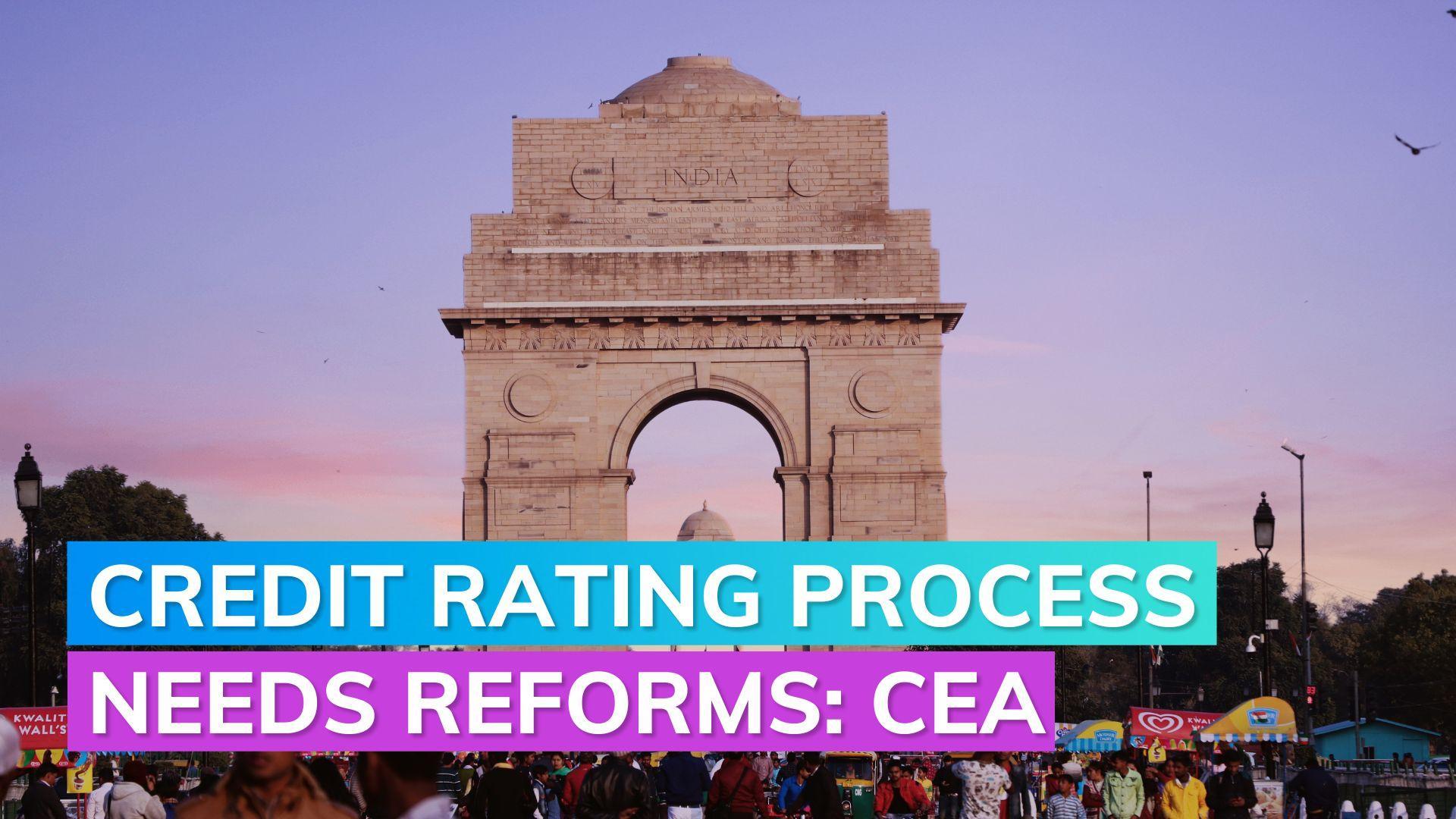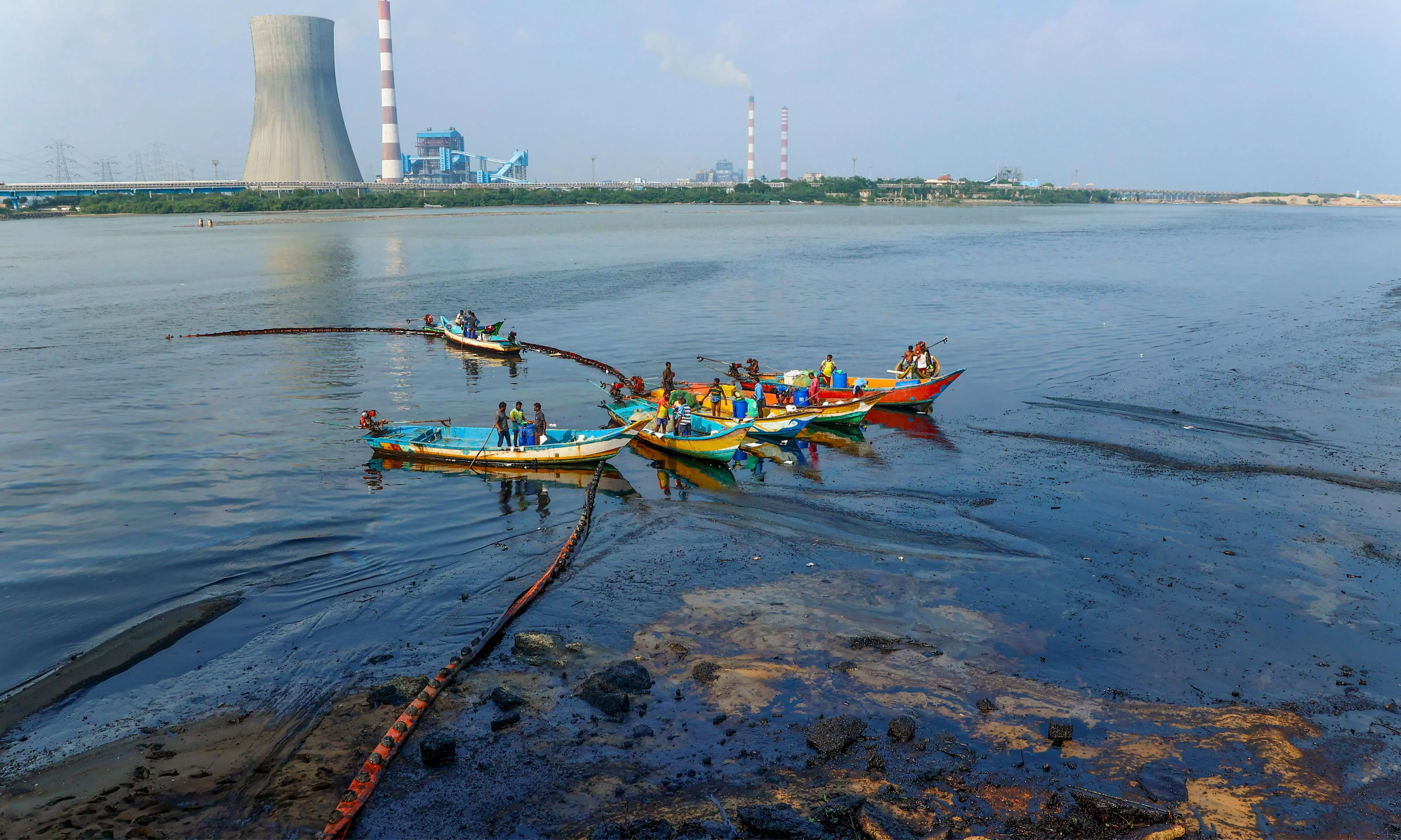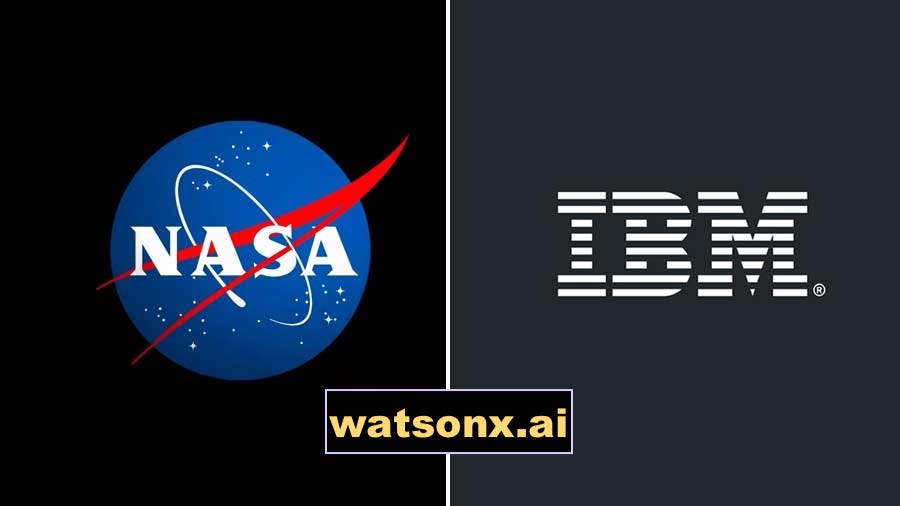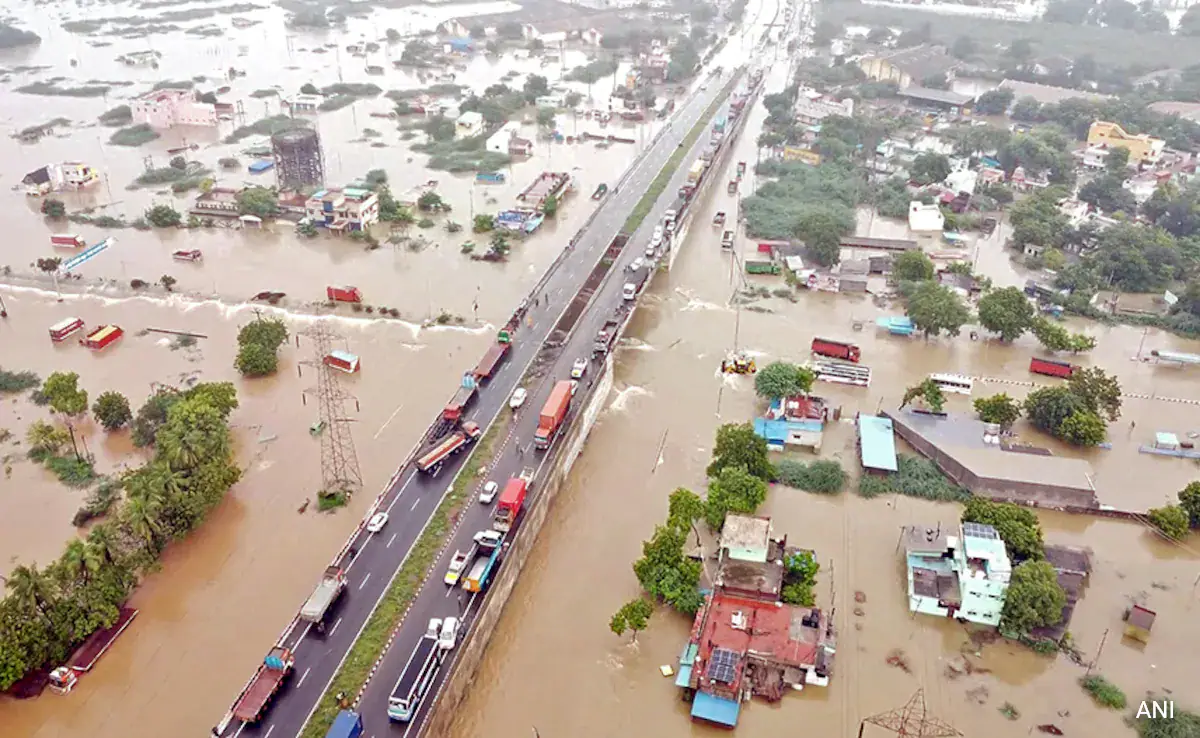Ministry of Textiles launches “Paat-Mitro” application to facilitate jute farmers (PIB)

- 22 Dec 2023
Why is it in the News?
To provide important information about MSP and agronomy to jute farmers, the Ministry of Textiles launched “Paat-Mitro” - a mobile application, developed by The Jute Corporation of India Limited (JCI) during the ‘Jute Symposium’.
What is Paat Mitro?
- Paat Mitro is a mobile application crafted by the Jute Corporation of India Limited (JCI) with the primary aim of furnishing vital information on Minimum Support Prices (MSP) and agronomy to jute farmers.
Key Features:
- The application is accessible in six languages, ensuring inclusivity.
- All functionalities within the app are provided to users free of charge.
- Paat Mitro offers a comprehensive range of information, encompassing the latest agronomic practices, MSP details, Jute Gradation Parameters, farmer-centric schemes like ‘Jute-ICARE,’ weather forecasts, locations of JCI’s Purchase Centres, and Procurement Policies.
- Farmers can conveniently track the payment status for the raw jute they sell to JCI under the MSP Operation.
- The app integrates advanced technology features such as a Chatbot, facilitating farmers in resolving queries effectively.
Key Information about the Jute Corporation of India Limited (JCI):
- Established in 1971 under the aegis of the Government of India, the Jute Corporation of India Limited (JCI) serves as the official agency dedicated to ensuring minimum support prices (MSP) for jute cultivators.
- JCI functions as the executing body for several Government of India initiatives aimed at enhancing the jute crop and the welfare of jute growers.
- It operates under the administrative purview of the Ministry of Textiles.
- The geographical reach of JCI spans seven states renowned for jute cultivation in India, including West Bengal, Bihar, Assam, Meghalaya, Tripura, Orissa, and Andhra Pradesh.
- With an authorized and paid-up capital of Rs. 5 crore, JCI plays a pivotal role in implementing the government's policy decisions, obligatorily purchasing any quantity of jute offered by growers at support rates without quantitative limitations.
- Incurred losses during policy implementation by JCI are subject to reimbursement by the Government of India.
Rating agencies too subjective, loaded against India, need reform: CEA (Indian Express)

- 22 Dec 2023
Why is it in the News?
Credit rating agencies need to reform their sovereign rating process to correctly reflect the default risk of developing economies, saving billions in funding costs, the government’s chief economic adviser, V Anantha Nageswaran, said recently.
What is a Sovereign Credit Rating?
- A Sovereign Credit Rating serves as an assessment of a government's ability to meet its debt obligations, with a lower rating reflecting higher credit risk.
- Rating agencies typically consider multiple factors such as growth rate, inflation, government debt, short-term external debt as a percentage of GDP, and political stability.
- A positive credit rating not only boosts credibility but also indicates a history of timely loan repayments, aiding banks and investors in evaluating loan applications and determining appropriate interest rates.
- The global credit rating industry is dominated by three major agencies: Moody's, Standard & Poor's, and Fitch.
- Despite India's ascent from the 12th to the 5th largest economy globally in 2023, with the second-highest growth rate among comparable economies, its credit ratings from S&P and Fitch stand at BBB, while Moody's rates it at Baa3—indicating the lowest investment-grade level.
Concerns Regarding Credit Rating Methodology:
- A quantitative examination revealed that more than 50% of credit ratings rely on qualitative components.
- Institutional Quality, predominantly gauged through the World Bank’s Worldwide Governance Indicators (WGIs), emerges as the primary factor influencing the credit rating of a developing economy.
- This poses a challenge as these metrics are often non-transparent, perception-driven, and derived from a limited group of experts, making them inadequate in representing the sovereign's willingness to meet its financial obligations.
- The non-trivial impact of these indicators on ratings implies that developing economies must exhibit progress along subjective indicators to secure a credit rating upgrade.
CEA's Suggestions for Credit Rating Reform:
- The Chief Economic Advisor (CEA) proposed a shift towards primarily considering a country's historical debt repayment record as a key determinant of its 'willingness to pay,' in contrast to relying on potentially suboptimal qualitative information.
- Embracing such a model would significantly enhance the credibility of Credit Rating Agencies (CRAs).
- The use of qualitative information and judgment should only be a last resort when genuine, verifiable data options are unavailable.
- If governance indicators are to be employed, they should be grounded in clear, well-defined, and measurable principles, steering away from subjective assessments by CRAs.
- CRAs possess a comprehensive database of global best practices, influencing their judgments.
- Sharing this knowledge with the countries they assess would empower sovereigns to take targeted actions to enhance their creditworthiness.
Coming soon, a ‘Cafeteria’ for oil spill-hit birds at Ennore Creek (The Hindu)

- 22 Dec 2023
Why is it in the News?
Experts from the Wildlife Trust of India (WTI) and the Besant Memorial Animal Dispensary (BMAD) are planning to establish feeding stations for birds at the creek, where contamination due to an oil spill from industries in Manali has brought down the bird population drastically.
About Ennore Creek:
- Ennore Creek, situated in Thiruvallur District, Tamil Nadu, is a backwater channel branching off from the Kosathalaiyar River.
- It merges with the Bay of Bengal at Mugathwara Kuppam, while its northern channel links to Pulicat Lake, the country's second-largest brackish water lake.
- For generations, this creek has been a lifeline for communities in the neighbouring villages, designated as CRZ IV (Water Body) in the coastal zone management plan by the Tamil Nadu State Coastal Zone Management Authority.
- Its significance is heightened for local fisherfolk, alongside the Buckingham Canal and the broader Pulicat water system.
- The Ennore Creek has historically fostered a robust aquatic ecosystem renowned for its biodiversity.
- This ecologically sensitive area once boasted extensive mangrove swamps, contributing not only to sustainable fish resources but also playing a crucial role in flood mitigation during periods of heavy rainfall, high tides, and cyclones.
About the Wildlife Trust of India:
- Wildlife Trust of India (WTI) is an Indian Non-profit Organisation (NGO) committed to nature conservation.
- Motto: In Service of Nature
- It was formed in November 1998, in response to the rapidly deteriorating condition of the country's wildlife.
- Its mission is to:
- Conserve wildlife and its habitat and
- Work for the welfare of individual wild animals, in partnership with communities and governments.
- WTI has earned recognition for accomplishing significant conservation milestones, including the recovery of populations for critically endangered species, successful species translocation, and the mitigation of human-animal conflicts.
How an AI tool can make weather forecasts more accurate and help tackle climate change (Indian Express)

- 22 Dec 2023
Why is it in the News?
At the recent COP28, NASA and IBM announced that an Artificial Intelligence (AI) tool called watsonx.ai would be available on the open-source AI platform Hugging Space.
What is watsonx.ai?
- Watsonx.ai is a collaborative Artificial Intelligence tool developed by IBM and NASA.
- Its primary function is to enable users to monitor Earth from space, assessing past environmental changes and offering predictions about future occurrences.
- User-Friendly Interface: The tool is designed for simplicity, requiring users to select a location and a date.
- Watsonx.ai then highlights changes in floodwater, reforestation efforts, and other pertinent factors.
Functionality:
- Watsonx.ai is built on a foundation model trained on a diverse set of uncategorized data, allowing it to extrapolate information from one context to another.
- NASA provides datasets in the form of satellite images, and IBM developed the foundation model to interpret these visual inputs.
- The model's training involves comprehending visual sequences over time by reconstructing images with blank areas. This process enhances its ability to understand the connections between photos.
- Adjustments were made to the model for specific tasks such as segmenting and categorizing photos.
Additional Components:
- Watsonx.data: A specialized data store optimized for governed data and AI workloads.
- It facilitates the scaling of AI workloads by leveraging the entire data landscape.
- Watsonx.governance: An end-to-end toolkit encompassing both data and AI governance. It aids clients in establishing responsible, transparent, and explainable AI workflows.
- The toolkit provides governance capabilities for model management throughout the AI lifecycle.
Why rain and flood woes have hit Tamil Nadu hard in December (Indian Express)

- 22 Dec 2023
Why is it in the News?
Tamil Nadu has battled heavy rainfall throughout December. At the beginning of the month, parts of Chennai and its neighbourhood experienced massive flooding because of Cyclone Michaung.
News Summary:
- Tamil Nadu has experienced significant rainfall, recording 450mm since October 1.
- Among the 38 districts, only 14 have reported deficient rainfall until December 20.
Seasonal Rainfall Norms:
- December rainfall is typical for Tamil Nadu, with the northeast monsoon being crucial for the region.
- Nearly 48% of the annual rainfall (443.3mm) in Tamil Nadu occurs from October to December, impacting rabi cultivation.
Recent Rainfall Patterns in Southern Tamil Nadu:
- Three districts in southern Tamil Nadu witnessed 'exceptionally' heavy rainfall from December 17 to 19.
- The India Meteorological Department (IMD) reported a 100% or more surplus during this period compared to the previous week (December 6-13, 2023).
Factors Contributing to Record Rainfall:
- Vigorous northeast monsoon over Tamil Nadu and Kerala, particularly in the southern regions.
- Development of a cyclonic circulation in the southwest Bay of Bengal on December 16, enhancing northeast monsoon winds.
- The persistence of this system over southern Tamil Nadu on December 18 and 19, led to heavy cloud convection and hefty rainfall.
IMD's Forecast:
- The cyclonic circulation has moved away from the Indian landmass, currently positioned over the southeast Arabian Sea.
- No significant rainfall is expected in Tamil Nadu, but the IMD predicts light to moderate intensity rainfall (up to 64mm in 24 hours) in certain areas of southern Tamil Nadu.
What is Northeast Monsoon?
- The northeast monsoon stands as a significant and permanent element within the Indian subcontinent's climate system.
- Its nomenclature originates from the prevailing direction of the monsoon winds—blowing from the northeast to the southwest.
- In their trajectory, these winds accumulate moisture from the Bay of Bengal, subsequently depositing it over southern states such as Tamil Nadu, Andhra Pradesh, Kerala, south Telangana, and Karnataka.
- This monsoon is alternatively known as the winter monsoon, retreating monsoon, or reverse monsoon.
- Period: The northeast monsoon maintains activity throughout the three-month span from October to December.
- Causes and Influences: One of the primary instigators of the northeast monsoon is the southward shift of the Inter Tropical Convergence Zone (ITCZ).
- The ITCZ, a dynamic belt near the Equator, marks the convergence of trade winds from the northern and southern hemispheres.
- The southward displacement of the ITCZ, coupled with the warming of the Indian Ocean, induces a reversal in the lower-atmosphere moisture-laden winds' direction—from southwest to northeast—thereby triggering the Northeast Monsoon (NEM).
